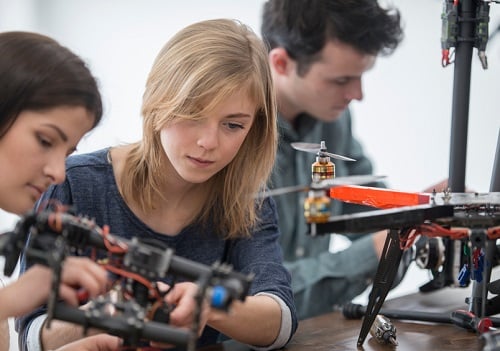The insurance industry is addressing new hazards and exposure posed by drones to the market, with both legislation and technological advances mitigating the risks, according to the latest report from
Argo Group.
Insurers are increasingly using drones for initial assessments, particularly post-catastrophe.
People, particularly in the commercial sector, use drones for professional photography and filming, construction-site monitoring, safety and security consulting, land surveying, aerial image and data-capturing at construction sites, and even on search-and-rescue operations.
With such technology advancements, Argo Group said, new risks come to light. These include injury to people or damage to property arising from drones that crash into buildings or other aircraft.
Concerns about privacy, cyber liability and financial loss (if usage of a drone causes business interruption) are also bound to arise.
According to Argo, the industry has established regulations that include:
- commercial drone operators should register drones and obtain the necessary remote pilot certificate with small unmanned aircraft systems rating
- drones are prohibited from flying higher than 400 feet and they must remain at least five miles away from airports
manufacturers should incorporate safety features in drones, such as: geofencing, obstacle avoidance systems and tracking technology
Related stories:
Argo Group enjoys significant rise in GWP
Delta Insurance launches comprehensive drone cover


